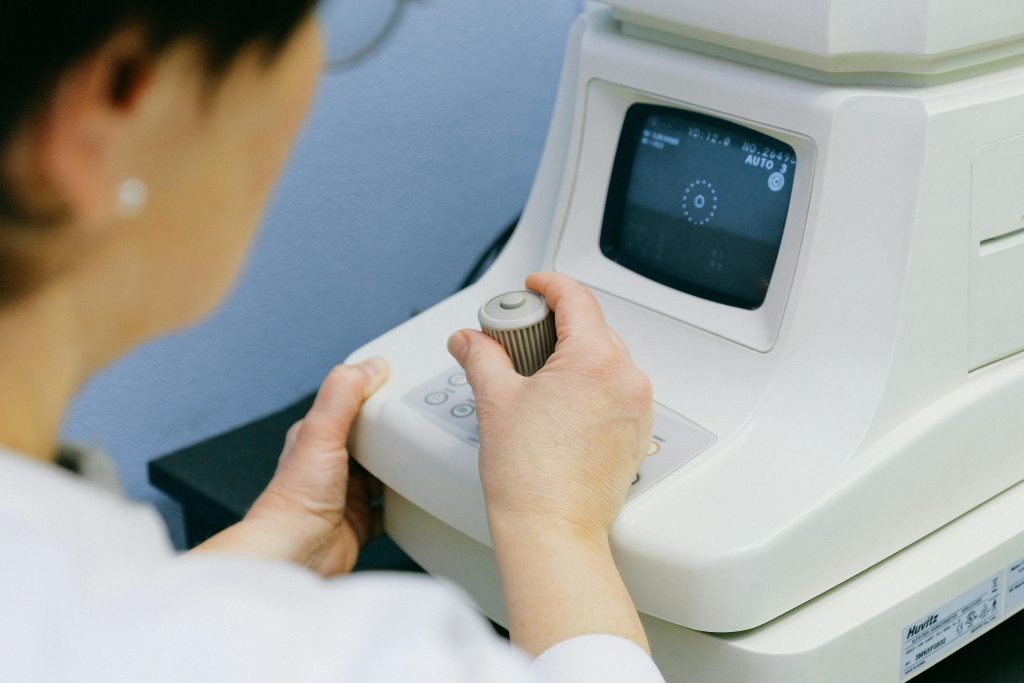Coffee is an extremely popular beverage across the globe with many developing particular preferences. While coffee is rich in polyphenols and antioxidants which may offer neuroprotective effects, instant coffee drinkers may need to reconsider their preferences. A study published in Food Science & Nutrition reveals that drinking instant coffee significantly increases the risk of age-related macular degeneration (AMD). AMD is the leading cause of blindness and dry AMD is an incurable disease, making prevention measures crucial for preserving vision.
Researchers analyzed data from over 500,000 participants in the UK Biobank. The findings reveal people with specific genetic predispositions, combined with instant coffee consumption, face a 700% higher risk of developing dry AMD.
Study Design Sets New Standard

Researchers employed Mendelian randomization to establish associations between instant coffee and AMD risk. This method uses genetic markers as proxies to reduce any biases. The study analyzed 500,000+ UK Biobank records, making it the largest genetic coffee-health analysis ever conducted. Dr. Liu’s team specifically isolated genetic predisposition as a key factor.
Traditional observational studies often struggle with lifestyle variables, but this approach overcame that limitation. The rigorous methodology provides stronger evidence than previous correlations. It reveals why instant coffee uniquely elevates AMD risk unlike other brewed alternatives.
Understanding Macular Degeneration

Age-related macular degeneration affects the macula, a tiny region behind the retina responsible for central vision. The disease slowly degenerates sharp, detailed sight targeting the mechanisms responsible for reading and facial recognition. Dry AMD is the most common form of the disease, affecting about 85% of people with the condition. Currently, no cure exists for dry AMD, making prevention strategies crucial for maintaining lifelong vision.
The 700% Risk Increase Explained

The study found that each standard deviation increase in instant coffee consumption corresponded to a 6.92-fold increased risk of dry AMD. This translates to approximately 700% higher odds of developing the disease. The risk appears strongest in people who carry specific genetic variants that predispose them to both instant coffee preference and AMD development. Researchers discovered a significant genetic correlation between instant coffee consumption and dry AMD risk.
Why Instant Coffee Poses Greater Risk

Instant coffee contains higher levels of acrylamide, a potentially harmful chemical formed during the roasting process. Acrylamide has been previously linked to nerve damage and increased cancer risk in animal studies. Additionally, instant coffee typically contains lower levels of beneficial antioxidants compared to freshly ground coffee or other brewed varieties.
The Role of Genetics

Dr. Siwei Liu’s team discovered a genetic overlap that suggests there may be shared biological pathways linking coffee choices to eye disease development. Researchers identified metabolic mechanisms that may explain this relationship in their study. “It provides new insight into AMD pathogenesis and offers a potential direction for personalized prevention strategies, such as gene-informed lifestyle interventions.” according to Dr. Siwei Liu.
This breakthrough offers new insights into AMD’s pathogenesis. Scientists can now explore how genes influence dietary habits and disease susceptibility simultaneously. The research confirms that specific genetic variants increase vulnerability when combined with instant coffee intake. This paves the way for targeted prevention approaches based on genetic profiles.
Read More: Doctor Alerts Coffee Lovers: Morning Consumption Could Lead to Painful Side Effects
How Instant Coffee Differs from Regular Coffee

The study found no association between ground coffee, decaffeinated coffee, or total coffee consumption and AMD risk. Only instant coffee showed a statistically significant link to dry AMD development. Regular coffee contains higher concentrations of protective compounds like chlorogenic acids, antioxidants and polyphenols.
These antioxidants may help neutralize free radicals that damage retinal cells. Regular coffee is often purported for its potential neuroprotective effects. The processing methods used to create instant coffee may reduce these beneficial compounds.
What This Means for Coffee Drinkers

People who regularly consume instant coffee should consider switching to brewed alternatives. Those with family histories of macular degeneration are at a significantly heightened risk of dry AMD when drinking instant coffee. The research suggests that reducing instant coffee intake could help prevent dry AMD development. However, moderate consumption of regular, ground coffee may actually provide protective benefits for eye health due to its antioxidant content.
Protecting Your Vision

Experts recommend several strategies for maintaining healthy vision as we age. Regular eye examinations help detect early signs of macular degeneration before symptoms appear. A diet rich in omega-3 fatty acids and dark leafy greens supports retinal health. Avoiding smoking remains one of the most important steps for preventing AMD. Consider switching from instant coffee to other brewed varieties like ground coffee to reduce potential risks while maintaining the health benefits of coffee consumption.
The research team plans additional studies to validate these findings in different populations. Scientists will continue to investigate the correlation between instant coffee and how it affects the biological mechanisms behind AMD development. Until more research emerges, coffee lovers should carefully consider their choice of brew, especially if they have genetic risk factors for eye disease.
Read More: Why This Woman Swapped Coffee Breaks for Self-Pleasure at Work

